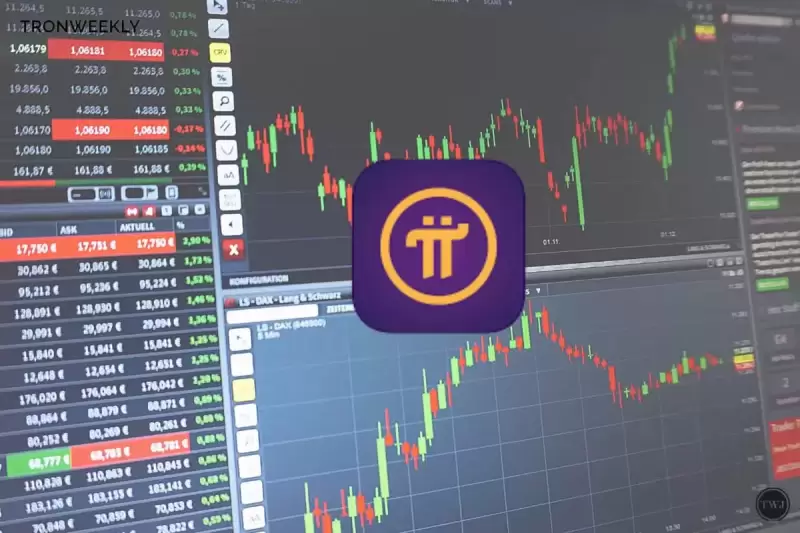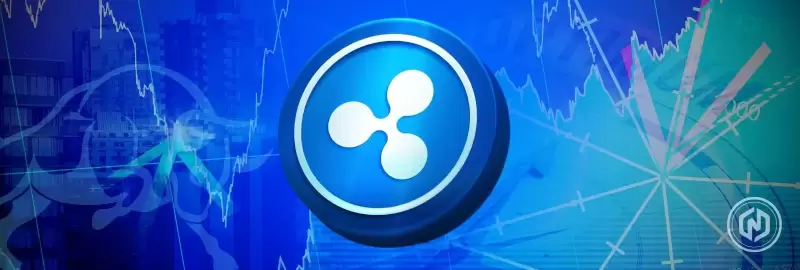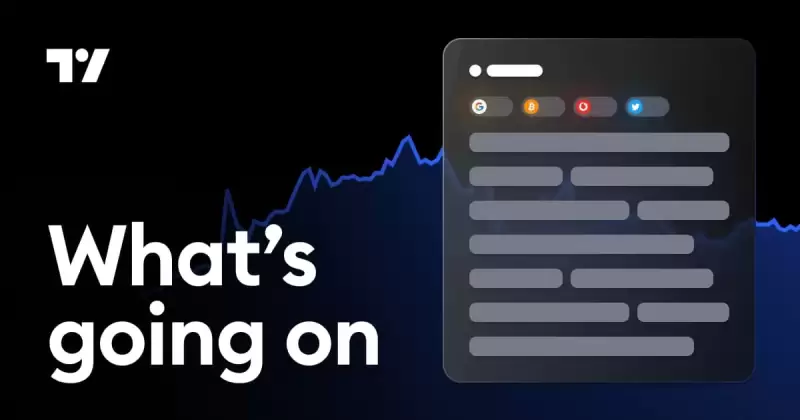 |
|
 |
|
 |
|
 |
|
 |
|
 |
|
 |
|
 |
|
 |
|
 |
|
 |
|
 |
|
 |
|
 |
|
 |
|
Cryptocurrency News Articles
CFTC Subcommittee Recommends Tokenized Non-Cash Collateral in Derivatives Trading
Dec 02, 2024 at 02:00 pm
A subcommittee within the Commodity Futures Trading Commission (CFTC) has recommended using tokenized non-cash collateral in derivatives trading

The Commodity Futures Trading Commission (CFTC) Global Markets Advisory Committee (GMAC) has submitted a proposal to the Commission, recommending the use of tokenized non-cash collateral in derivatives trading. The proposal highlights the potential of distributed ledger technology (DLT) to enhance the operational infrastructure for assets already eligible to serve as collateral, without requiring any changes to the relevant rules.
“Market participants can also use their existing policies, procedures, practices, and processes to identify, assess, and manage risks to using DLT, like they do for other forms of market infrastructure and technologies,” the subcommittee noted in its report.
The proposal is sponsored by CFTC Commissioner Caroline Pham, who has consistently advocated for pro-Bitcoin agendas and highlighted the opportunities for digital assets within the regulatory framework.
“Globally, successful commercial tokenization projects have proven that DLT works in the capital markets,” Pham said.
“This includes digital bond issuances across Europe and Asia and over $1.5 trillion notional volume in institutional repo and payments transactions on enterprise blockchain platforms. Now, we can finally begin to make progress on U.S. regulatory clarity for digital assets with today’s GMAC recommendation on tokenized non-cash collateral.”
“The benefits include real-time transfers all year round without the use of multiple intermediaries,” the report reads.
“Importantly, the use of DLT has the potential to both increase the velocity of transfer of assets currently utilized as collateral, as well as the potential to expand the pool of assets available for use.”
Industry stakeholders have welcomed the proposal, highlighting its potential to transform the sector.
“We oftentimes feel much more confident in our risk management processes when we know we can have a 24/7 real-time settlement capability with these counterparties. I think that will transfer very directly to the collateral management side for derivatives-based businesses under the CFTC’s purview,” DRW’s prop trader Chris Zuehlke told Blockworks in an interview.
The full GMAC meeting was held virtually on Dec. 13. The meeting covered a wide range of topics, including an update on the committee's work on digital assets, a discussion of the CFTC's recent rulemaking on margin requirements for uncleared swaps, and a presentation on the role of technology in derivatives markets.
The meeting was attended by a diverse group of industry participants, including representatives from banks, exchanges, hedge funds, and technology firms. The participants engaged in a lively and informative discussion of the key issues facing derivatives markets today.
The GMAC's work on digital assets is particularly noteworthy. The committee has been exploring the use of DLT in derivatives markets for several years, and its recommendations on the use of tokenized non-cash collateral are a significant step forward in this effort.
If adopted by the CFTC, the recommendations would pave the way for the use of a broader range of assets as collateral in derivatives trades, which could increase efficiency, reduce costs, and enhance risk management in these markets.
Disclaimer:info@kdj.com
The information provided is not trading advice. kdj.com does not assume any responsibility for any investments made based on the information provided in this article. Cryptocurrencies are highly volatile and it is highly recommended that you invest with caution after thorough research!
If you believe that the content used on this website infringes your copyright, please contact us immediately (info@kdj.com) and we will delete it promptly.





























































